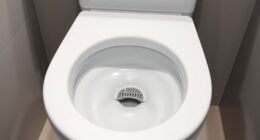Imagine a world where all the toilet paper we flush magically disappears into thin air. Well, that’s not exactly what happens.
In fact, the journey of toilet paper once it’s flushed is quite fascinating. Join us as we delve into the scientific realm of sewage systems and treatment plants, where toilet paper meets water and undergoes a meticulous filtration process.
Get ready to discover the truth behind what really happens to toilet paper waste once it’s flushed.
Key Takeaways
- Toilet paper enters the sewer system and travels through a network of pipes to treatment plants.
- Proper disposal of toilet paper is crucial to avoid blockages and environmental contamination.
- Treatment plants use physical and chemical processes to remove solid waste and impurities from toilet paper.
- Sustainable alternatives to traditional toilet paper, such as bidets and recycled options, can help reduce environmental impact.
The Journey Begins: Flushing and the Sewer System
Once we flush the toilet, the journey of toilet paper begins as it travels through the sewer system. Toilet paper disposal is an integral part of our daily lives, but have you ever wondered what happens to it after we flush?
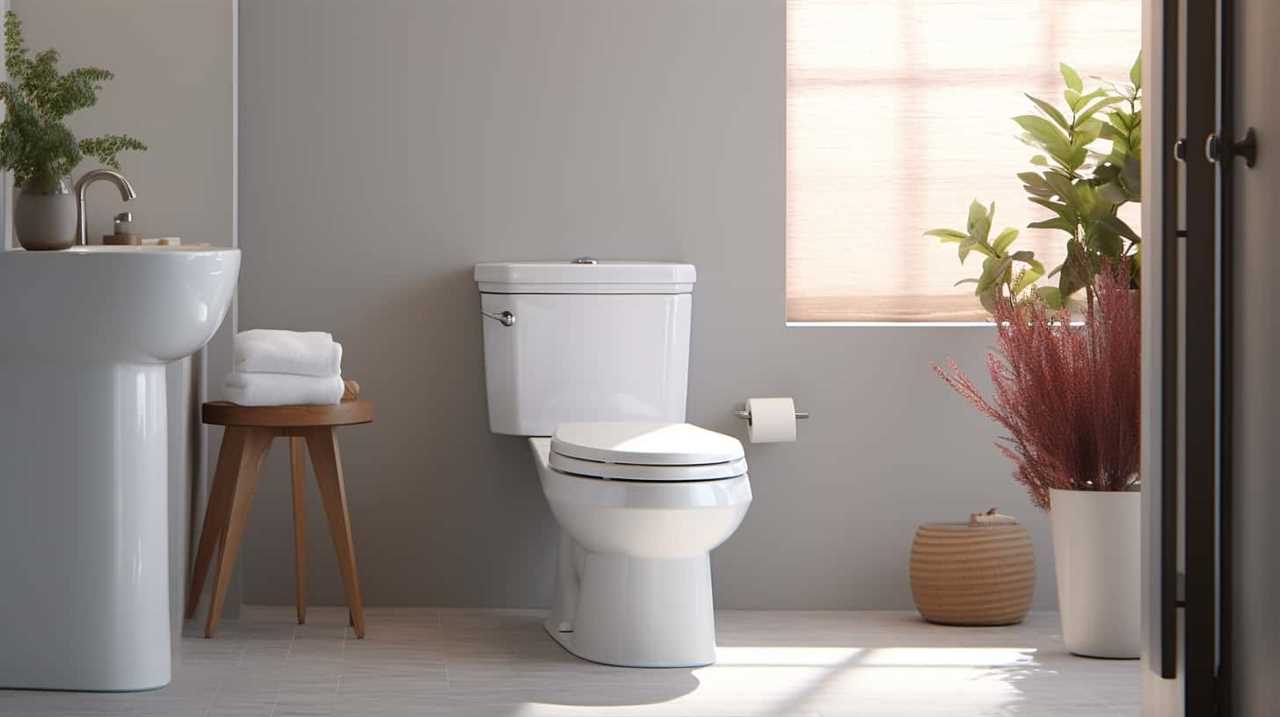
The impact of toilet paper on the environment is an important consideration, as it can contribute to pollution and waste. As the toilet paper is flushed, it enters the sewer system, which is designed to transport wastewater and solid waste to treatment plants. The sewer system consists of a network of pipes that carry the toilet paper and other waste materials to the treatment facility.
Along the way, the toilet paper may encounter obstacles such as debris, fats, and oils that can clog the pipes. Therefore, proper disposal of toilet paper is essential to ensure the smooth and efficient functioning of the sewer system, minimizing the risk of blockages and environmental contamination.
Navigating the Pipes: From Your Toilet to the Sewer
As we continue the journey of toilet paper through the sewer system, it navigates a complex network of pipes from your toilet to the sewer. This underground infrastructure is a crucial part of wastewater management, ensuring that the waste we flush away is safely transported and treated. Let’s delve deeper into the intricacies of this system:
- Gravity and pressure: The flow of wastewater is facilitated by a combination of gravity and pressure. Gravity helps move the water and waste downward, while pressure from the flushing action pushes the waste through the pipes.
- Pipe network: The pipes that make up the sewer system are designed to handle the flow of waste from homes and buildings. They connect to larger pipes, which eventually lead to the sewer.
- Maintenance and repair: Regular maintenance and repair of the underground infrastructure are essential to prevent blockages, leaks, and other issues that can disrupt the flow of wastewater.
With an understanding of how toilet paper navigates the pipes, we can now explore what happens when it reaches treatment plants: where toilet paper meets water.
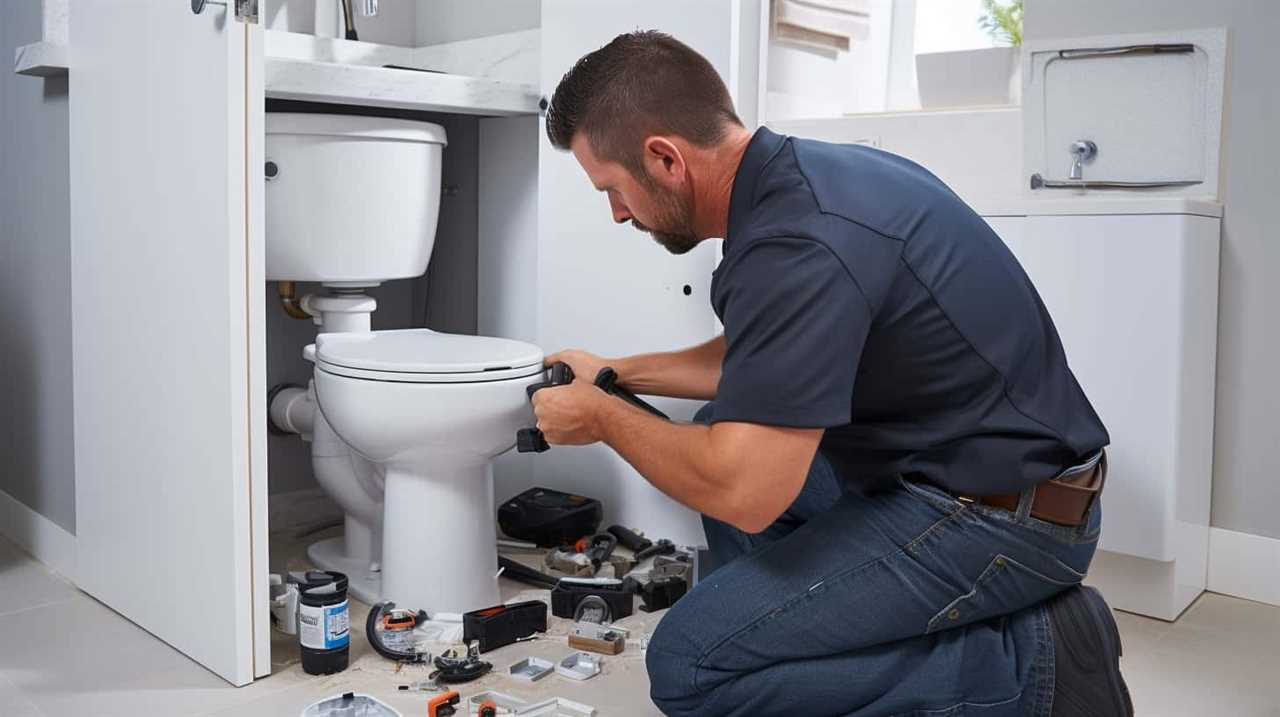
Treatment Plants: Where Toilet Paper Meets Water
At treatment plants, toilet paper encounters water and undergoes further processing. Water treatment plants play a crucial role in purifying wastewater and ensuring its safe return to the environment. When toilet paper enters the treatment plant, it first goes through a series of physical and chemical processes to remove solid waste and impurities.
The water is then treated with chemicals to disinfect it and remove any remaining contaminants. This rigorous treatment process is essential to protect public health and the environment. However, it’s important to consider the environmental impact of water treatment plants. While they effectively remove pollutants, they also consume large amounts of energy and produce sludge, which requires proper disposal.
Continuous research and technological advancements are necessary to minimize the environmental footprint of these plants and ensure sustainable water treatment practices.
The Filtration Process: Separating Solid Waste From Liquid
In the filtration process, we separate solid waste from liquid at treatment plants. This crucial step ensures that wastewater is effectively treated before being released back into the environment. Here are three key points to consider when evaluating the filtration process and its environmental impact:
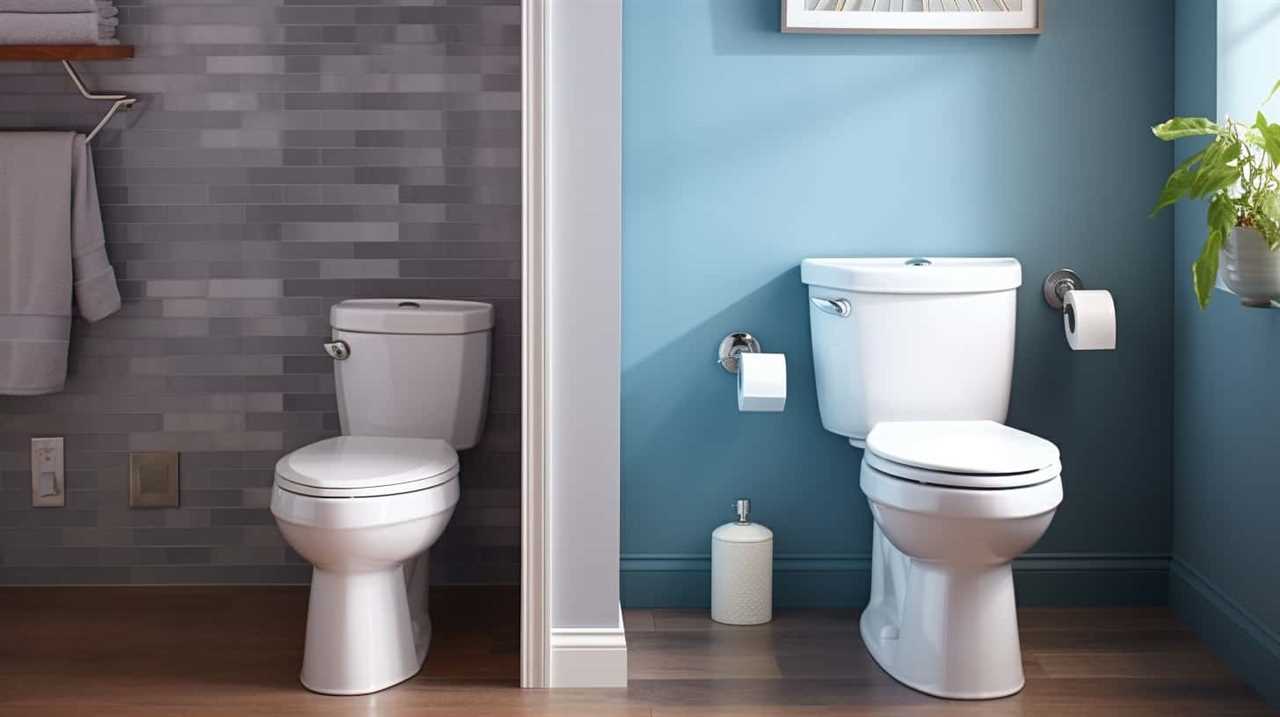
- Environmental impact: Flushing toilet paper can have ecological consequences, as it adds to the volume of solid waste that needs to be treated. Proper filtration is necessary to remove these solids and prevent them from polluting water bodies.
- Innovations in filtration: Wastewater treatment plants are constantly exploring new technologies for separating solid waste from liquid. Advanced filtration systems, such as membrane bioreactors and sand filters, are being employed to improve the efficiency of solid waste removal.
- Ecological benefits: Effective filtration not only protects water bodies from pollution but also allows for the extraction of valuable resources, such as energy and nutrients, from the solid waste. These resources can be reused or repurposed, contributing to a more sustainable and circular approach to wastewater treatment.
As we delve into the filtration process, it’s important to consider the aftermath: what happens to toilet paper waste.
The Aftermath: What Happens to Toilet Paper Waste
After being flushed, toilet paper waste goes through a series of treatment processes before it can be safely disposed of or reused. It’s important to consider the environmental impact of toilet paper waste and explore alternatives that promote sustainability.
Toilet paper waste undergoes a sewage treatment process that includes several stages. First, it’s transported to a wastewater treatment plant, where solid waste is separated from the liquid. The solid waste, including toilet paper, is then subjected to further treatment to remove any remaining contaminants. This can involve processes such as sedimentation, filtration, and biological digestion.
Once the waste has been treated, it can be safely disposed of in a landfill or used for beneficial purposes, such as agricultural fertilization. However, it’s crucial to note that excessive use of toilet paper can contribute to deforestation and harm the environment.
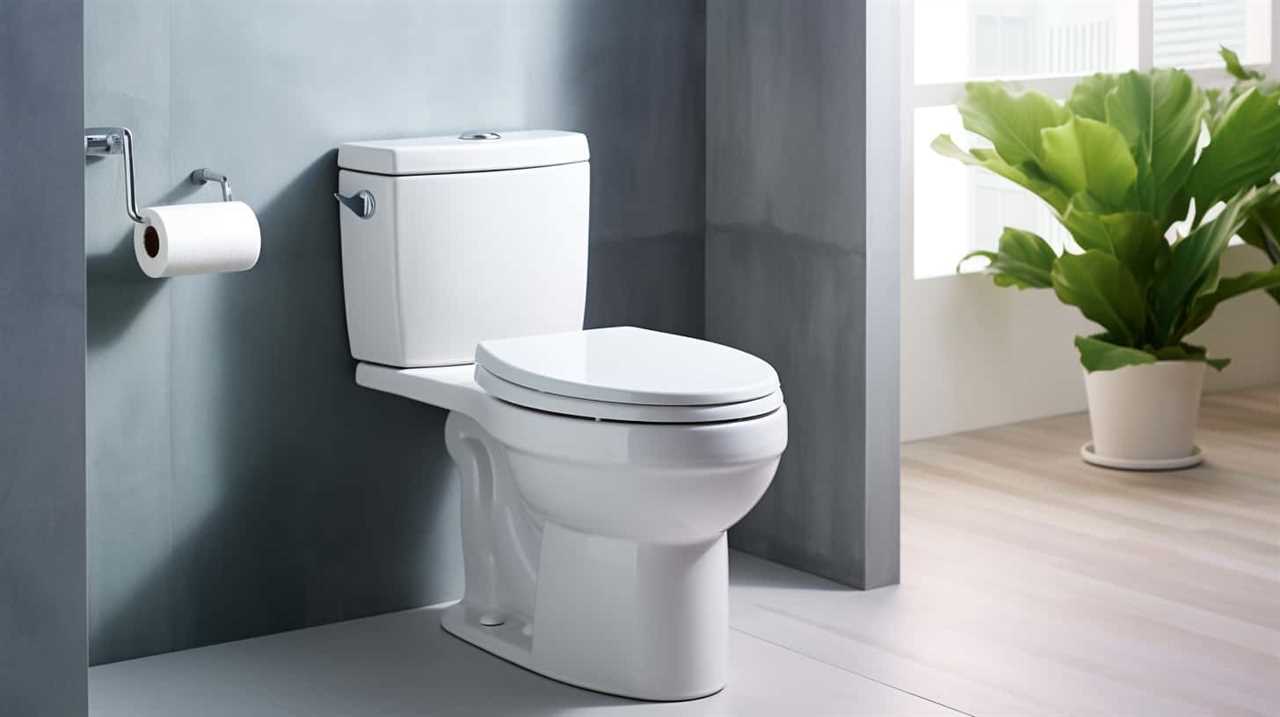
Therefore, it’s worth exploring eco-friendly options, such as bidets or recycled toilet paper, to minimize the environmental impact of toilet paper waste and promote sustainability.
Frequently Asked Questions
How Much Toilet Paper Is Used and Flushed by the Average Person in a Day?
On average, we use and flush a significant amount of toilet paper every day. Understanding our average toilet paper consumption is crucial for effective toilet paper waste management.
What Are the Environmental Impacts of Using Toilet Paper and Flushing It Down the Toilet?
The environmental impacts of using toilet paper and flushing it down the toilet include contributing to deforestation. However, there are environmental benefits to using bidets, such as reducing the need for toilet paper.
Are There Any Alternatives to Toilet Paper That Are More Environmentally Friendly?
Eco-friendly alternatives to toilet paper can have a positive impact on water resources. These alternatives include bidets, reusable cloth wipes, and bamboo toilet paper. They reduce the amount of waste and water usage, making them more sustainable options.
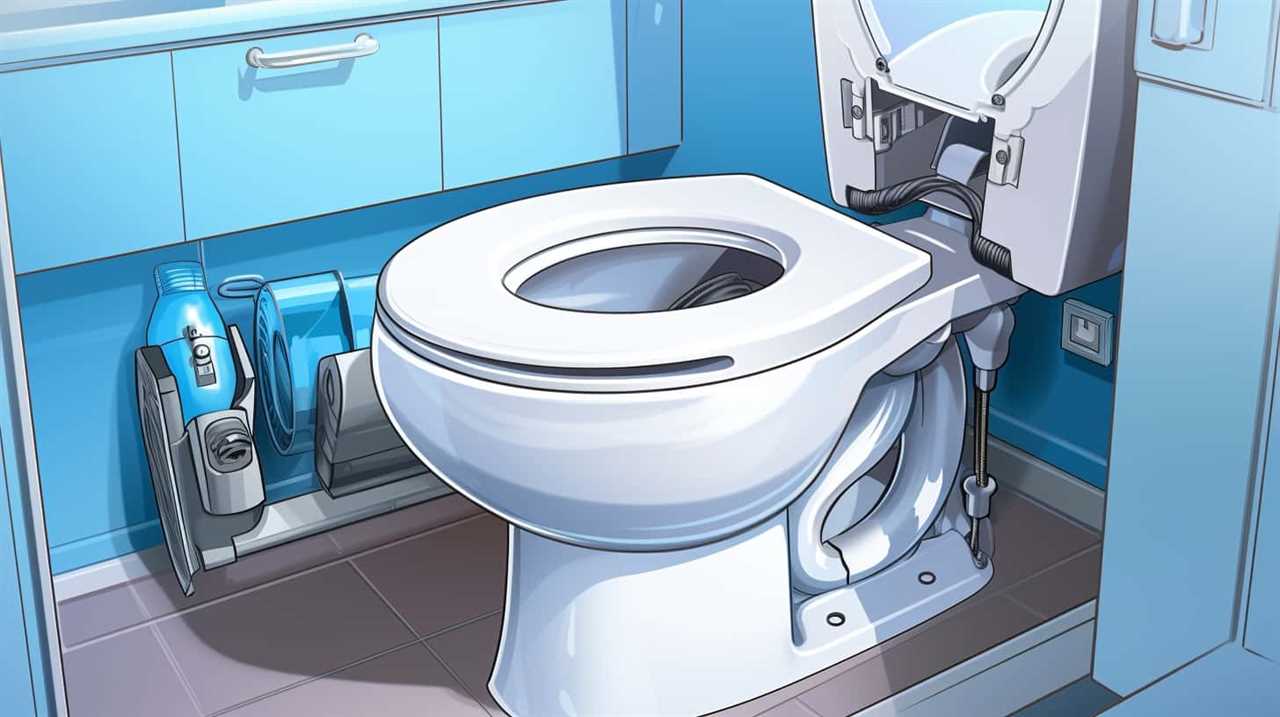
Can Flushing Excessive Amounts of Toilet Paper Cause Clogs in the Sewer System?
Flushing excessive amounts of toilet paper can indeed cause clogs in the sewer system. Proper toilet paper disposal is crucial for sewer system maintenance. For example, a case study showed that a blockage occurred due to excessive toilet paper use.
Is There a Specific Type of Toilet Paper That Is Better for the Sewage Treatment Process?
Toilet paper alternatives and the sustainability of different brands are important considerations for the sewage treatment process. Finding a specific type of toilet paper that is better for this process involves analyzing its environmental impact and biodegradability.
Conclusion
In conclusion, the journey of toilet paper after it’s flushed is a complex and fascinating process. From our toilets, it travels through the sewer system, navigating pipes until it reaches treatment plants.
Here, the filtration process separates solid waste from liquid, ensuring that the water is clean and safe to be released back into the environment. As the adage goes, ‘Out of sight, out of mind,’ but the intricate journey of toilet paper waste reminds us of the crucial role that proper disposal plays in maintaining the cleanliness of our water systems.









